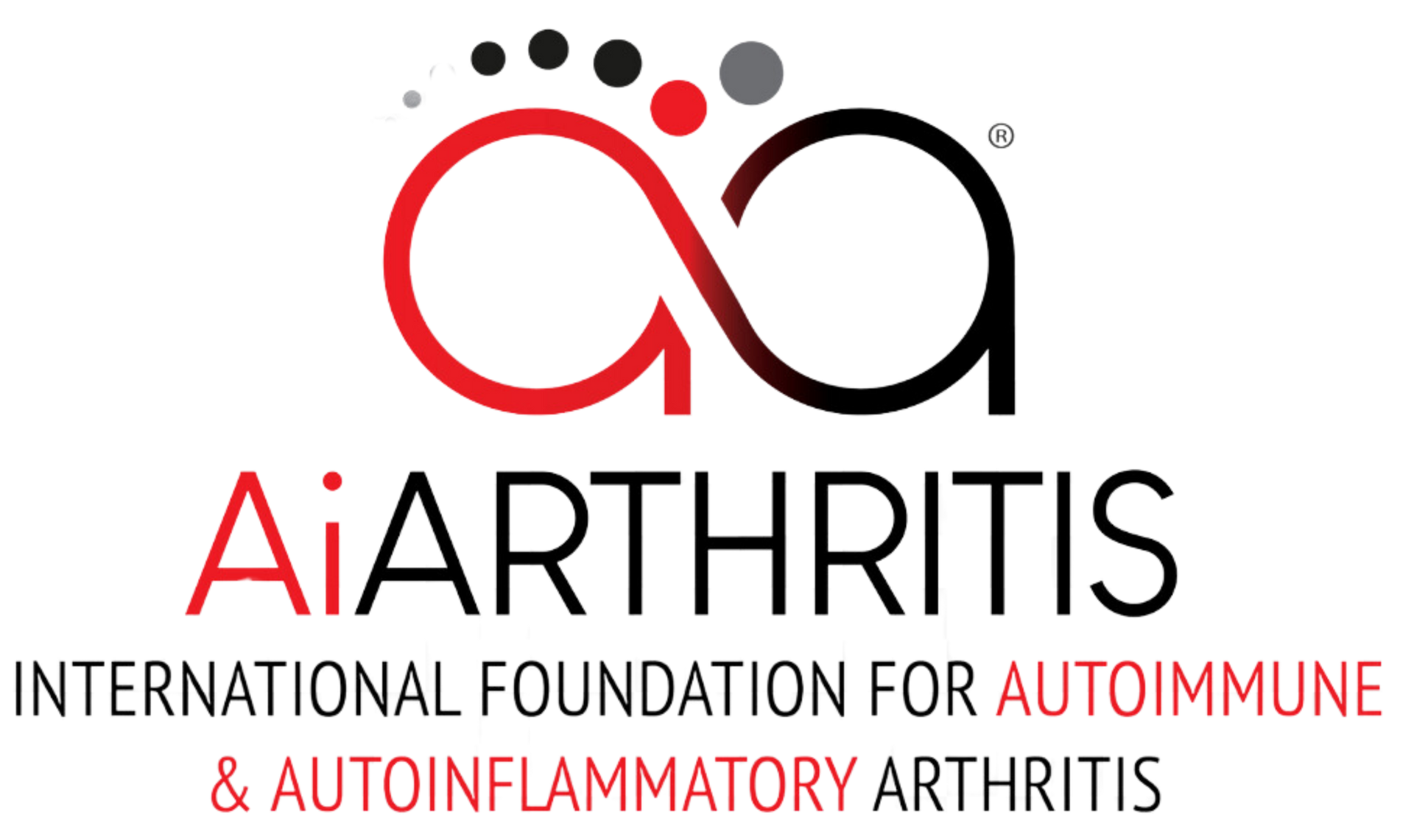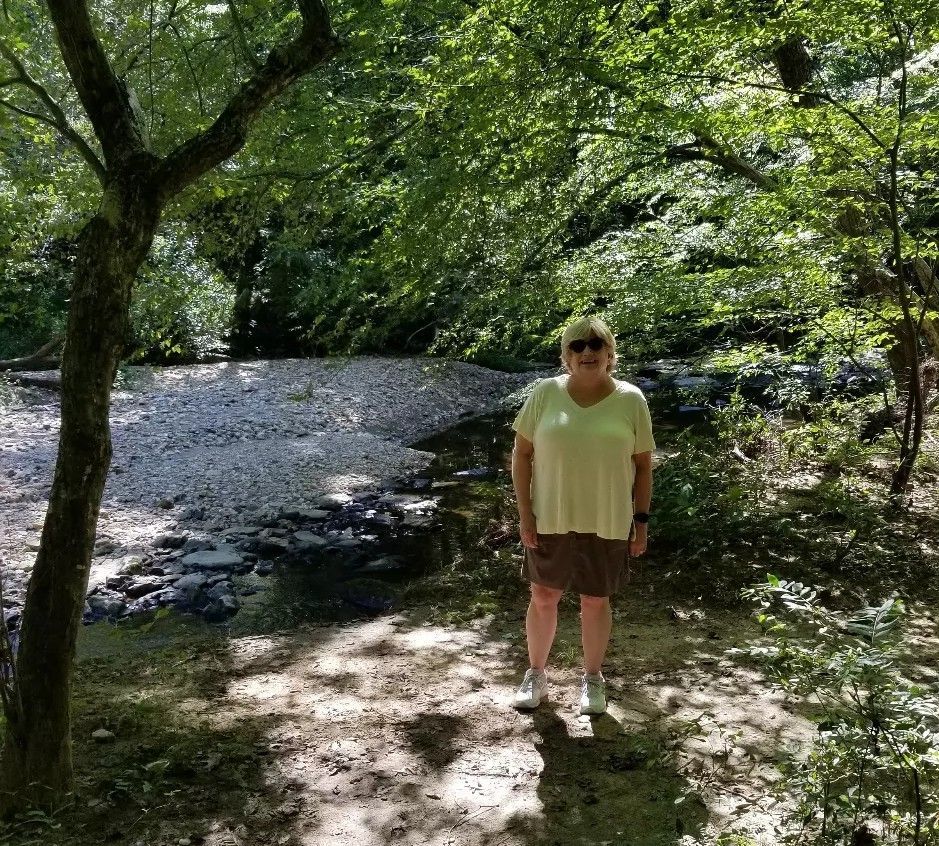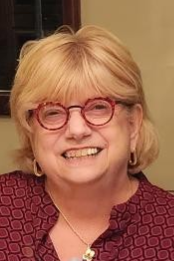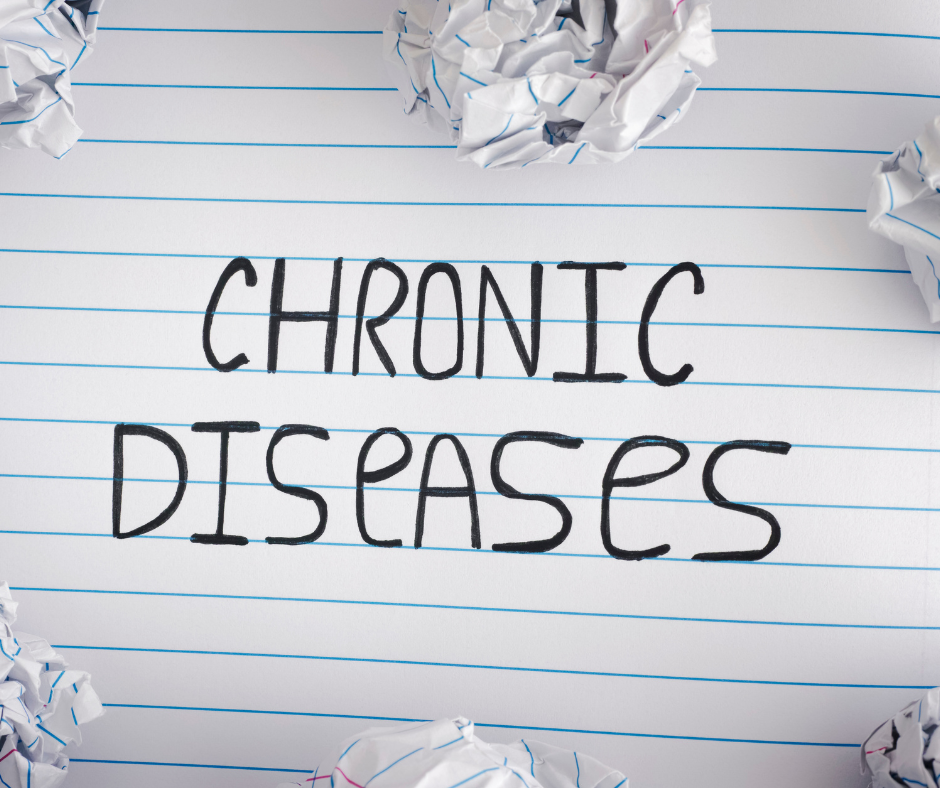No one expects their life to change dramatically over a short period of time. This story highlights the most stressful period of my life in my mid-twenties. Traveling through the unfamiliar terrain of a new job, new city, and new relationships, I was trying to establish my career and a new, “normal” life away from college and all that was familiar. Crashing through was a diagnosis that changed my life. forcing me to plan differently, give up plans, and make new ones, to live as fully as possible with a rare, chronic disease. With no cure, and 40 years ago, limited effective treatments I share here my experiences as a young person who went from devastated to coping, to dare I say it, living well and thriving. I am not a medical professional. All opinions and medicals comments are from my personal experience and are my own.
Born and raised in Philadelphia, upon college graduation, with my degree and teaching certificate in hand I followed my passion for teaching to the Washington, DC area, where I went to work in a private Christian school as a second-grade teacher. Teaching was hard, the pay was low, but I loved it and poured myself into it. For the next few years, I taught thoroughly enjoying all of it.
During my fifth (and as it turns out, last) year of teaching I began getting sick. I had recently ended a long-term relationship that had been caring but unexceptional. Unfortunately, my boyfriend had mental health issues surrounding rejection that proved toxic, appearing suddenly after a seemingly amicable break-up. I didn’t understand how toxic until he began appearing unexpectedly outside of places I frequented, showing up and making threats at my workplace, and even vaguely threatening a police officer. The officer later said to me “Unfortunately since you two are not married, I can’t arrest him, but I’ll be telling my colleagues to keep an eye out for him.” This frightened me even more. A Psychologist advised me to leave the state. Being the 1980s, stalking laws were not in place, at least in my state, so I bore this burden with the help of friends, prayer, and a nervous system on constant high alert. This continued for nearly a year, although it felt much longer, with the stalking finally tapering off.
With fear and anxiety running high and 4 years of being sick with every infection and illness my little second graders could share with me I knew this level of intensity could not continue. Symptoms of what I simply called stress emerged. Walking up my apartment steps I became out of breath and needed to rest on the landing before continuing. In the shower, I would reach over my shoulders to wash my back and could not keep my arms up due to muscle fatigue. This was odd to me, since I took aerobics classes, but soon the classes became too hard for me
to do. I ran fevers but didn’t have an infection I could pinpoint. Then one day, I woke up in the morning and my hands felt funny. Lying in bed, I looked down to see hands I didn’t recognize. Puffy, swollen to twice their normal size and painful. This alarmed me, having just finished reading a book about a woman who had liver failure whose symptoms included just that! At 25 years old, I had been raised by depression-era parents who took us to medical appointments only infrequently, and only when “absolutely necessary”. With no habit of routine medical care
or an established doctor to call on, I randomly picked one and made an appointment.
To say the appointment was disappointing is an understatement. My blood work was “unremarkable.” The physical examination did not seem of interest. I told him about joint pain in many joints. He laughed when I said my elbows hurt. I held up my hands and said, “But what about my hands?” The response? “Some people’s hands just do that.” At that, I left the office deeply discouraged and unsure what to do next. As a shy and unassertive person at the time, I would have typically accepted that and soldiered on. But this time I said to myself “I know my hands don’t swell like this, and I also know I have been feeling bad for a while.” With courage I didn’t typically have, I called his office back for a referral. Any referral. Surprisingly, he agreed and referred me to a Cardiologist. I was scared but was never happier to go to a doctor’s appointment.
A kinder man I could not have encountered at the Cardiology office. Dr. Shah, a Sigmund Freud look-alike, did a very thorough physical examination, questioned me about all aspects of my life and health, then brought me back to his office. He looked at me intently for a few moments, thinking, and then took my temperature. He pulled a book off his shelf, shuffled through it then said, “Late-afternoon fevers……Lupus.” He looked at me with compassion, and said “Young woman, I don’t know what you do have, but I know you do not have a disease in my specialty. I’d like you to see a Rheumatologist.” He referred me to the Rheumatologist who would go on to diagnose me and manage my care for the next 35 years.
Meanwhile, I felt completely drained with no energy upon waking nor throughout the day. I was fortunate to have the only student teacher utilized in our school that year and she got quite an education. I had so many doctor appointments and felt so unwell during the January term that perhaps slightly before she may have been ready, I allowed her to take on most of the teaching, sparing me walking, standing, and doing things I was increasingly unable to do. I called a nurse-friend one morning on the day of a field trip, and said “I can’t do it.” I’m so stiff I can’t
move much less walk all day around a botanical garden.” She listened then recommended I get up, take a warm bath and aspirin, and see if that helped. It helped enough that I did go on that field trip. This was a significant first lesson in coping with chronic illness. Calling on others when needed and pushing myself gently to do things when it was important enough for me to do. I felt proud that I had shown up for “my kids” that day amidst days of sadness and unwellness.
But I was very eager for my appointments with the Rheumatologist, Dr. Oliver Lawless. Sitting in his office after an examination and more bloodwork, he pointed to a whiteboard, upon which he had written unfamiliar words. Rheumatoid Arthritis. Systemic Lupus Erythematosus. Mixed Connective Tissue Disease. Scleroderma. “It’s not clear yet, but I believe you have one of these diseases.” The words were all unknown to me, so scared and fearful for the future did not even begin to convey my feelings. What I remember well is that he took the time to briefly explain each of these diseases and say “I will help you. We’ll get through it.” He also added that he hesitated to diagnose me with anything at my young age as it would affect my future ability to get life insurance and would saddle me with a “pre-existing condition label,” should I change jobs in the future. Lack of health care coverage for an illness deemed “pre-existing” (and thus excluded from coverage in the US) was a serious concern in the 1980’s. These concerns were too “adult” for me at the time, but I was grateful with my limited resources and support, that he was “on it.”
My symptoms became more pronounced: rashes, fevers, joint pain, and swelling, continued hand-swelling, Raynaud’s, increasingly abnormal bloodwork. This led to routine changes to medications. After another round of lab work, I received a message at work one day to call his office for the results. Upon doing so he asked me to come in but would not convey why over the phone. Alarmed, I asked him if I could bring a friend with me, and he said it would be a good idea. Upon seeing him my friend and I were told, based upon blood test results and my symptoms over time, I had MCTD. With the anti-RNP positive, the ANA very high positive and speckled, the rest of the blood work and clinical signs were sufficient for a diagnosis.
The sense of relief I felt was palpable. Since my initial presentation looked like Lupus and it was easier to say than “Mixed Connective Tissue Disease” I often said, “I have Lupus.” As the years went by, I began working for a technology company, and different features of MCTD emerged. After endoscopies and esophageal motility studies prompted my gastroenterologist to say, “That’s a Scleroderma gut;” after a physical therapist said, “Those are Rheumatoid arthritis hands,” and after a consulting Rheumatologist said, “Well don’t you just have your very own
unique disease,” I determined it was best to simply state “I have Mixed Connective Tissue Disease” and then define it at the audience’s level of need and interest.
After flareups were repeatedly tamped down with medications and having made determined efforts to reduce unnecessary stress, I went into a sustained remission. Over time, I felt fortunate to be able to take my concerns to a faith community who prayed for and with me, and with whom I enjoyed a deep level of practical support and emotional and spiritual care. At menopause, my bloodwork went a little crazy, but with no obvious clinical issues, my dear Rheumatologist’s response was to simply monitor me, which in that case was the best course. I remain in clinical remission at this point in life in my mid-sixties. The Scleroderma-like features that appeared early remain but are managed; aging has not improved decades of joint, muscle and tendon problems, so I find myself addressing issues as they come. It has been interesting to realize I am now dealing with problems of aging, being of an age I was not sure I would ever reach.
With nearly 40 years of chronic illness “under my belt” I’m reminded of one of the first books I read about chronic illness, highlighting the life of Henrietta Aladjem, a founder of the Lupus Foundation of America, Inc. She lived a good long life with periods of life-threatening Lupus activity. Reading her biography early on convinced me there is life after diagnosis with chronic illness. I continue to try to make the most of mine and hope this article has encouraged you to do the same.








